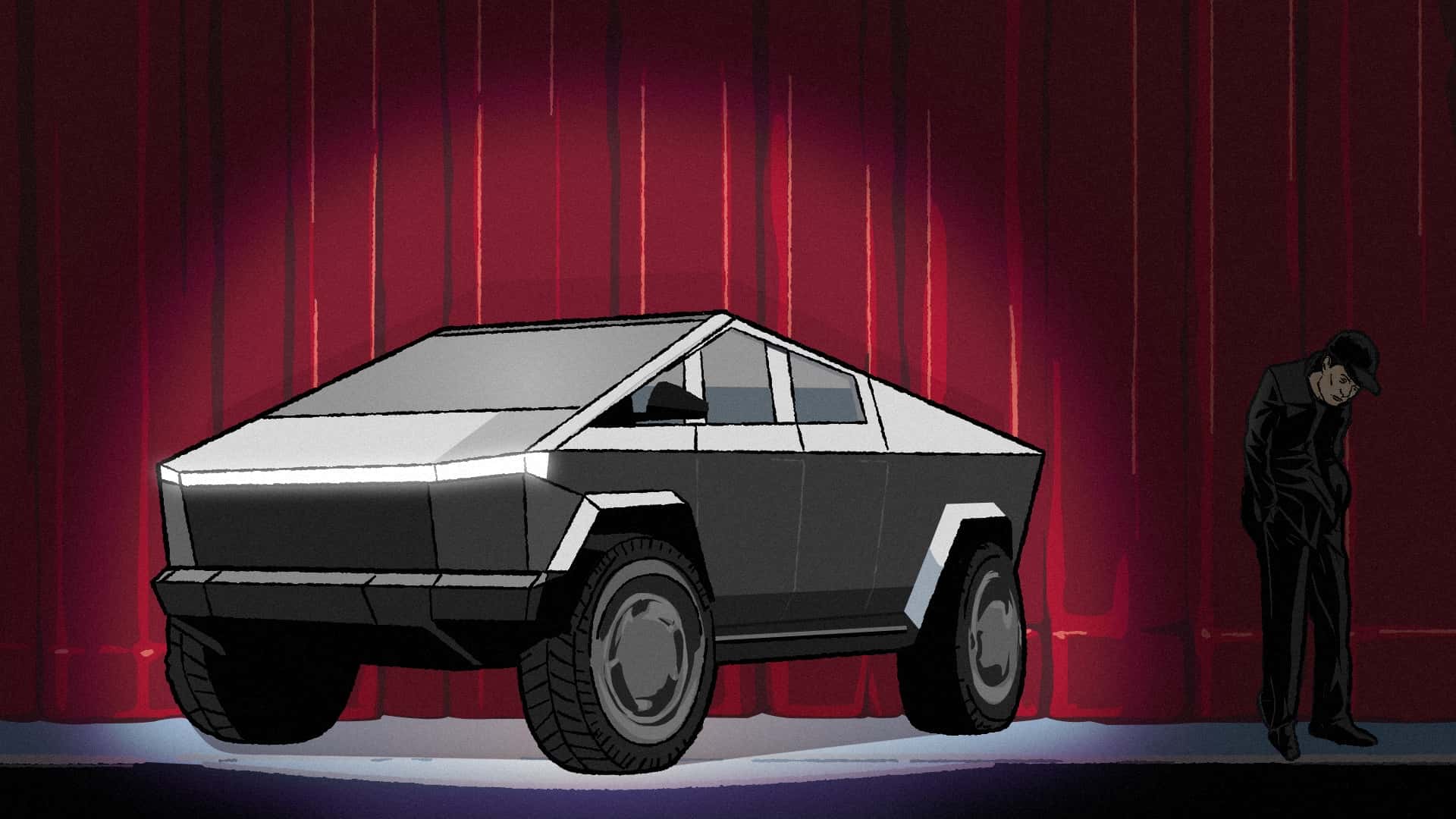
The trailblazer in electric vehicles is currently encountering opposition from multiple directions. The most notable challenges stem from the initiatives taken by its Chief Executive Officer.
I have reported on electric cars for over 15 years, experiencing numerous highs and lows. However, I was rather shocked by the abundance of negative content about Tesla that has appeared in my social media feed and reached me directly over the past several weeks.
This statement goes beyond typical electric vehicle skepticism and misconceptions. “I travel 125 miles both ways daily up a 9,000-foot incline hauling 14,000 pounds: Electric vehicles can never be practical!” This criticism of Tesla is much more particular than general opposition. all about Elon Musk And Musk can only point his finger at himself this time.
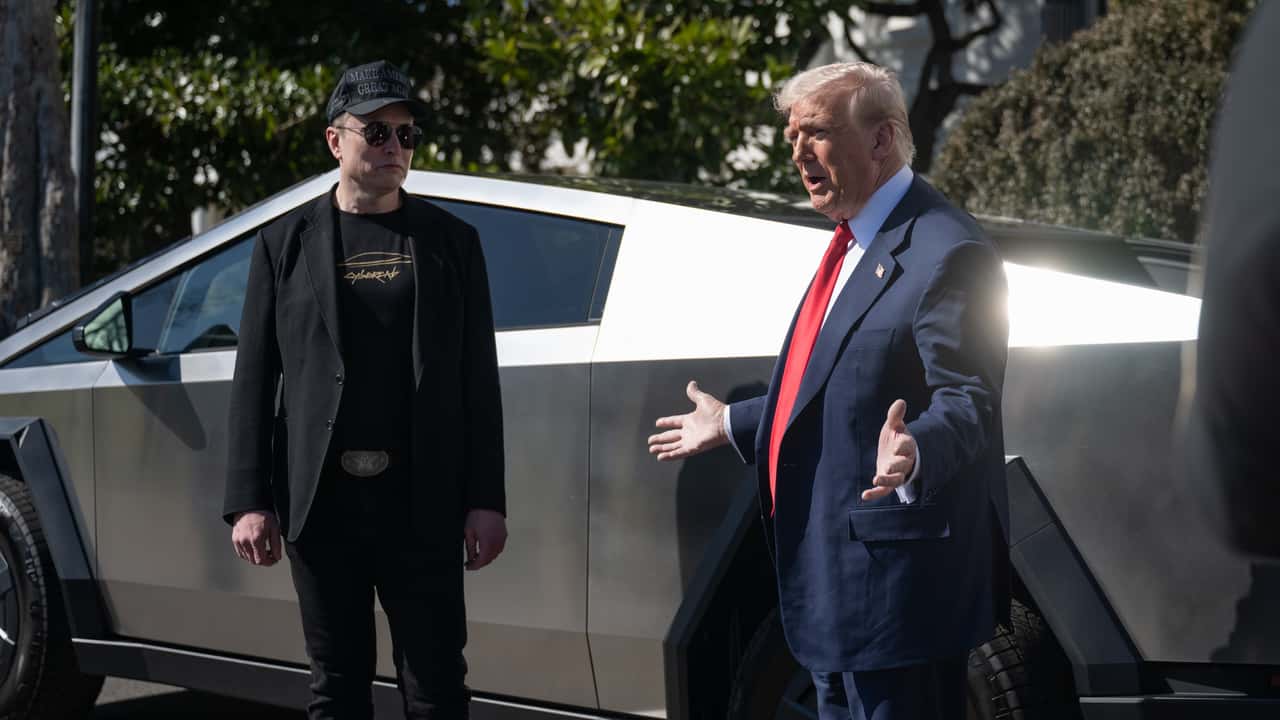
Damage On Many Fronts
The longtime CEO of Tesla has changed his tune; he no longer garners attention primarily for technological advancements but instead through deeds that collectively form a stew of extremism: backing ultra-right-wing causes ; one or more alleged Nazi salutes ; racist posts and anti-trans agitation On his social media platform X; and—above all—his arguably lawless rampage via U.S. governmental departments as chief of the so-called Department of Government Efficiency (DOGE).
Some signs suggest that Musk might be fading at DOGE , particularly following the defeat in the Wisconsin Supreme Court election where he campaigned and invested heavily. However, the harm to Tesla is already clear. Sales in both Europe and the United Kingdom have dropped significantly, with North American figures barely holding steady. The company revealed earlier this week that it delivered 336,681 vehicles globally In the initial three months of 2025, there was a reduction of 13% compared to the corresponding timeframe in the previous year.
However, despite Musk being the single figure associated with the brand, his recent political engagements constitute just one aspect of numerous challenges confronting Tesla. Many issues trace their roots back to choices made by Musk dating as far back as 2019. These past decisions have steered the firm towards its present predicaments. To fully grasp the complexities facing the company now, it’s essential to delve deeper into these interconnected elements.
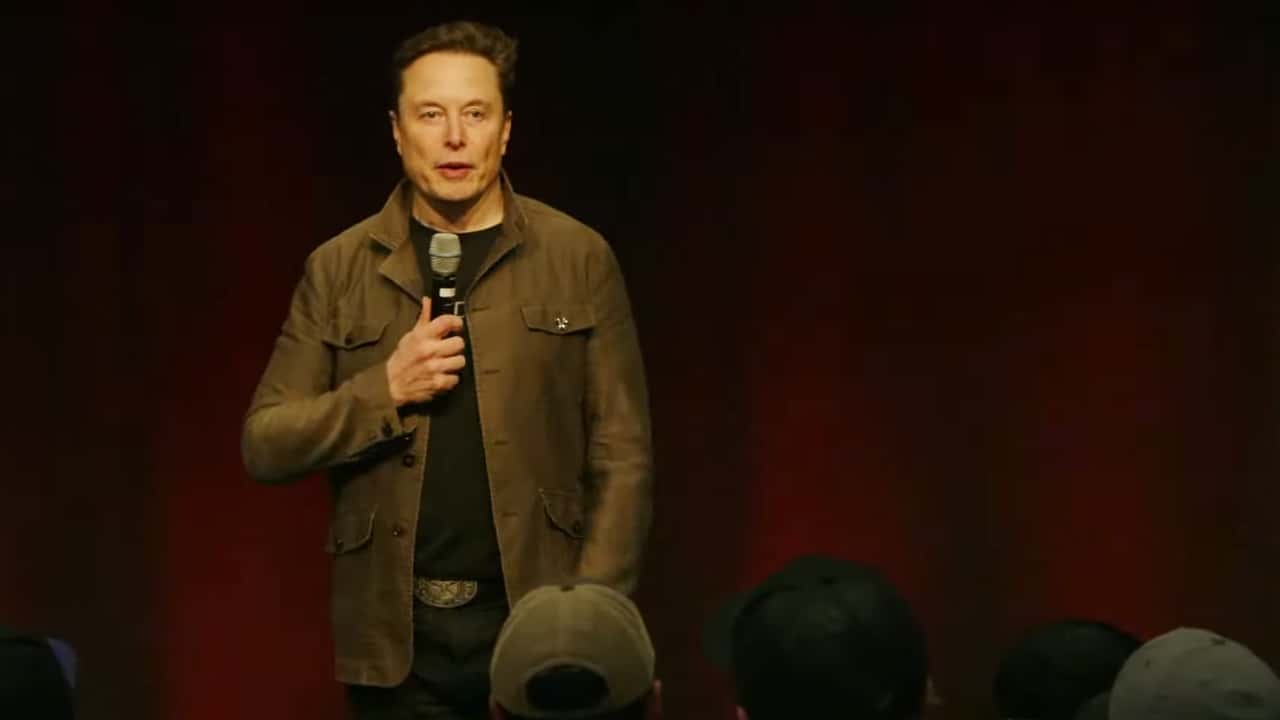
Elon Musk Q1 All-Hands
Cybertruck: A Sales Disaster
The radically unconventional Cybertruck has faced an extremely divisive reception and turned out to be a significant commercial failure akin to Ford's Edsel. In over a year, only around 50,000 units were sold in North America, far below initial forecasts which anticipated much higher numbers. Although it claimed the title as the top-selling electric pickup truck in 2024, evidence suggests that demand may now be waning since anyone interested likely already made their purchase. This situation reveals that the potential customer base for big, silver, battery-powered vehicles with a futuristic yet stark aesthetic—reminiscent of something from a dystopian film—is simply too small to sustain Tesla, the planet’s most highly valued automobile manufacturer.
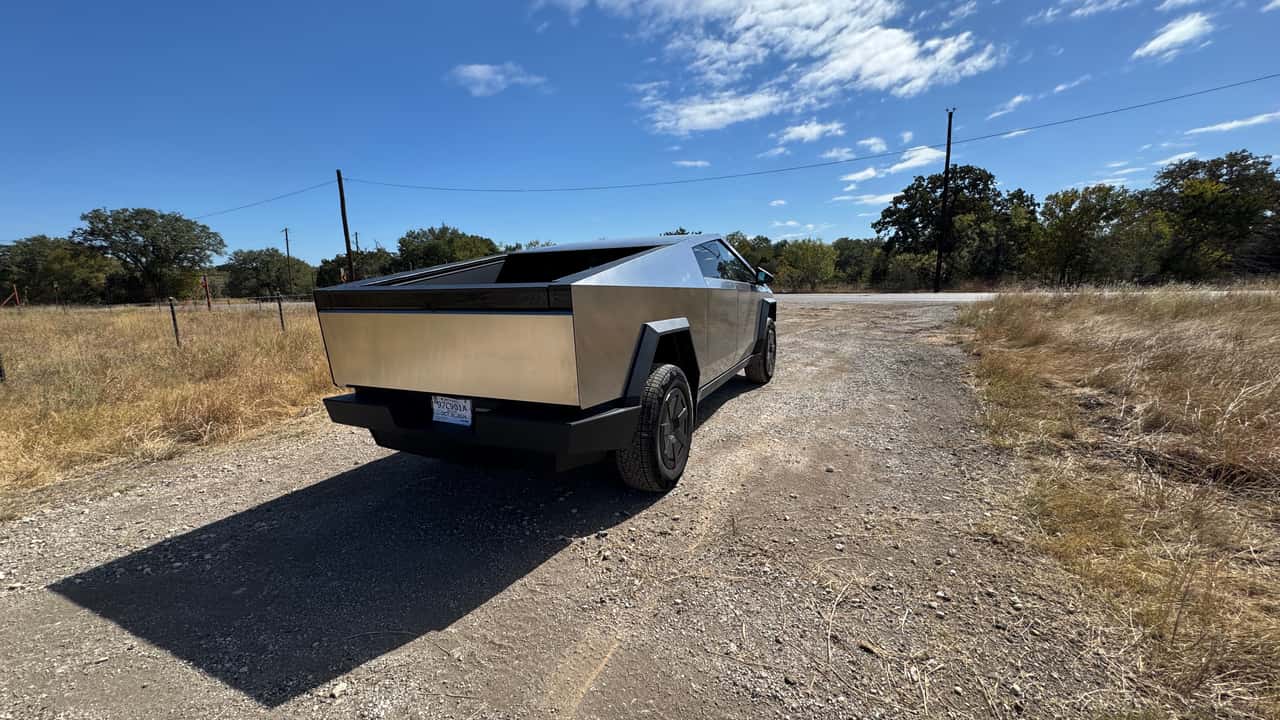
2024 Breakthrough Award Nominee: The Tesla Cybertruck
Moreover, contrary to all preceding Tesla models, the Cybertruck is presently restricted to sales solely within North America. Due to its dimensions and distinctive build, marketing this vehicle poses significant challenges outside of this region. In December, Tesla announced they were not planning to introduce the truck in China for the time being. Additionally, concerns persist in Europe regarding whether the stainless-steel Cybertruck can meet local regulations concerning impacts and crushing tests designed to protect pedestrians.
Given that a highly anticipated upcoming product unveiled in 2019 was reportedly reserved by one million or more people, this appears rather limiting.
Stale Products, Real Competitors
The more budget-friendly Tesla models—the Model Y crossover and the Model 3 sedan—are considered outdated in today’s market, where vehicles typically get updates every three years and are completely replaced after five to seven years. The realm of electric vehicles is progressing swiftly, outpacing the evolution speed of gasoline-powered cars, yet the pioneering automaker seems stagnant. The Model Y "Juniper" update Has recently entered the U.S. market, yet despite being the world's top-selling vehicle, it faces significant competition from numerous newer and frequently superior alternatives.
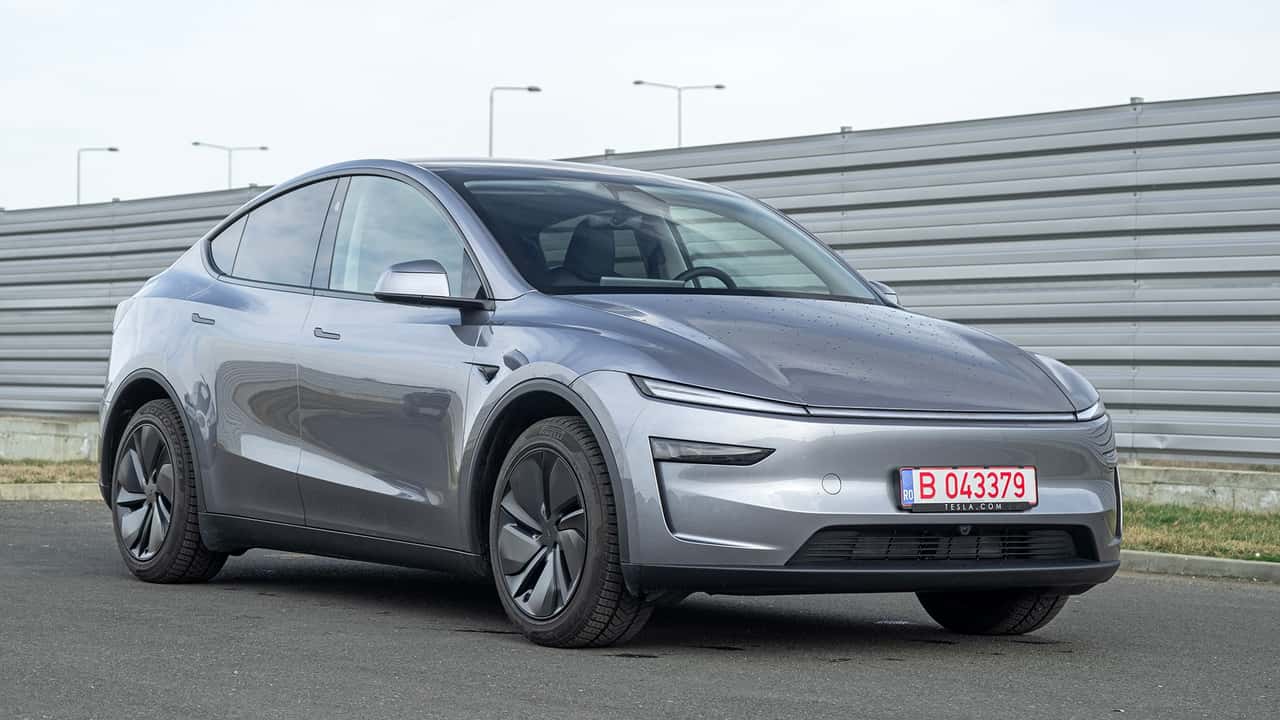
2025 Tesla Model Y Euro Edition Release Lineup
In 2017, during the launch of the Model 3, this was definitely not how things stood, nor did they change significantly with the arrival of the Model Y in early 2020. Since then, over twenty new electric vehicles from well-known manufacturers along with those from Rivian and Lucid have entered the scene. Regarding China, it appears to have absorbed what it could use from Tesla and progressed further. Consequently, numerous aspects indicate that sales won’t simply bounce back to their previous yearly figures immediately, particularly without taking into account Musk’s behavior.
Moreover, even if you're eager to get a Tesla, why not consider buying a pre-owned model instead? The availability of used Teslas has increased significantly due to dissatisfied owners trading them in for alternative electric vehicles. This surge means that Teslas face competition from their previously owned counterparts. These "slightly used" models often appear nearly identical to newly manufactured versions, and their decreasing resale values offer an unexpectedly attractive deal compared to purchasing brand-new ones.
Still No $25,000 Tesla
In October, Musk declared that the company had withdrawn from his initial promise made in 2020 regarding a "$25,000 Tesla." He stated that offering a non-robotaxi version of the $25,000 Tesla was not feasible. pointless and 'silly.' He made these remarks just a few months after stating that due to the excellence of Chinese electric vehicles, "without trade barriers, they would likely outperform most other automobile manufacturers globally." Is this correlation indicative of causation? The possibility appears quite plausible.
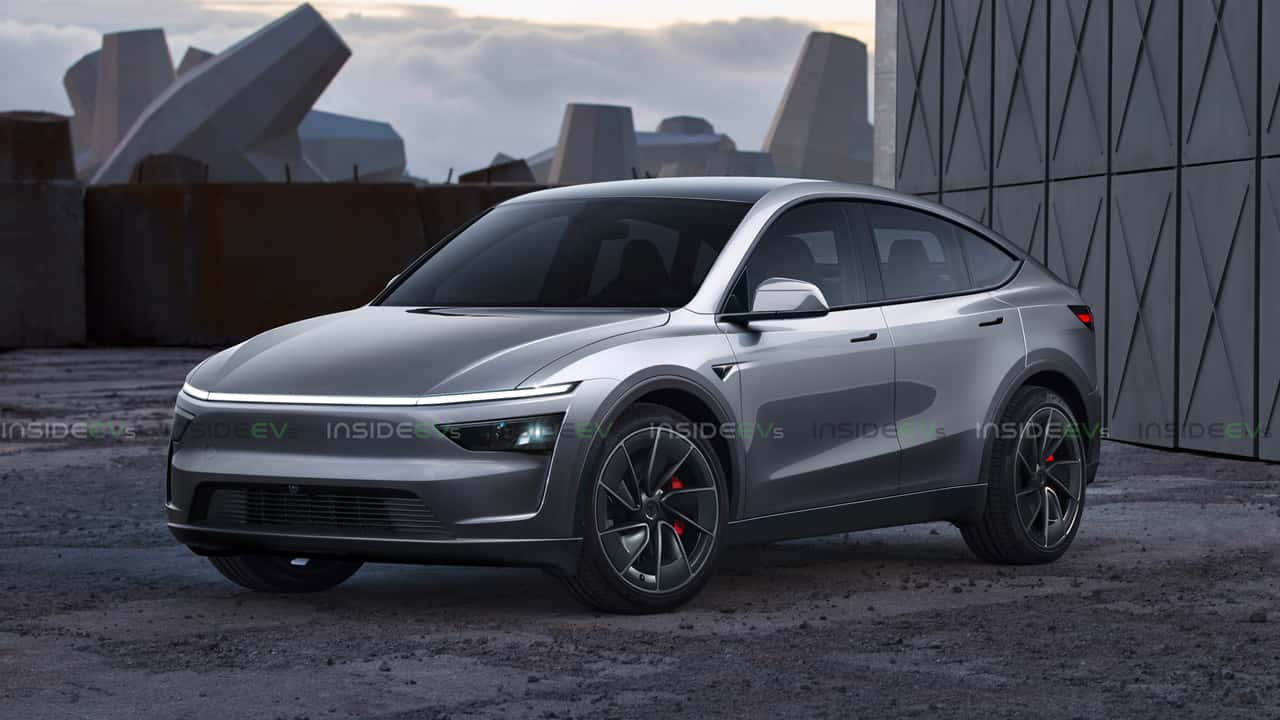
Tesla Makes More Accessible Compact Electric Vehicle
Cost is becoming an ever greater obstacle for new car purchases in North America, with the demand leaning towards more budget-friendly vehicles across the board. An electric vehicle that’s genuinely affordable might see tremendous sales success, and Tesla seemed ideally positioned to provide such a model.
Now, that section seems destined to be transferred to Hyundai and Kia , and the forthcoming updated version Chevrolet Bolt EV .
China Is Over It
At the beginning of 2020, right when the globe was going into lockdown, Tesla’s Shanghai-produced Model 3 vehicles hit the Chinese market. Within twelve months, the Model Y also became available. These models sparked an enthusiasm among Chinese consumers for electric vehicles (EVs) that local brands hadn’t managed to ignite before. By bringing a technologically advanced Western automotive brand directly into the core of China’s automobile sector, they propelled sales at the Shanghai Gigafactory upwards dramatically.
Those times have passed. With significantly enhanced products from Chinese manufacturers who initially received substantial government support and can currently cater more effectively to local consumer demands, Tesla vehicles are now considered outdated, stagnant, and not nearly as competitive when compared to the newest homegrown brands, particularly regarding their software and entertainment features. In China, Tesla retains its reputation as a dependable and established label, yet it is no longer viewed as innovative or pioneering.
Looking for evidence? The revised Model Y serves as an example. couldn't reverse an 11.5% sales decline in China , where DOGE and Musk's political views are of little concern to electric vehicle purchasers.
The 'Charging Moat' Has Disappeared
In 2012, when Tesla declared its intention to construct an extensive nationwide DC fast-charging infrastructure, many players in the automotive sector considered this plan absurd. However, they might have underestimated Tesla’s strategic foresight. Just two years later, driving coast-to-coast in a Tesla became feasible, whereas competitors using the CCS charging protocol were yet to finalize their standards. Integrated seamlessly within the vehicle, Superchargers offered a frictionless, precise refueling experience vastly superior to what any other electric vehicles provided at that time.
In 2023, Ford made an agreement with Tesla allowing its electric vehicles to use Superchargers for charging. Within a few weeks, General Motors also joined this pact, and soon after, the entire automotive sector eagerly fell in line. From Tesla's perspective, the benefit lies in generating additional income to further develop their extensive Supercharger network, which solidifies its position as the leading player in the North American charging infrastructure landscape.
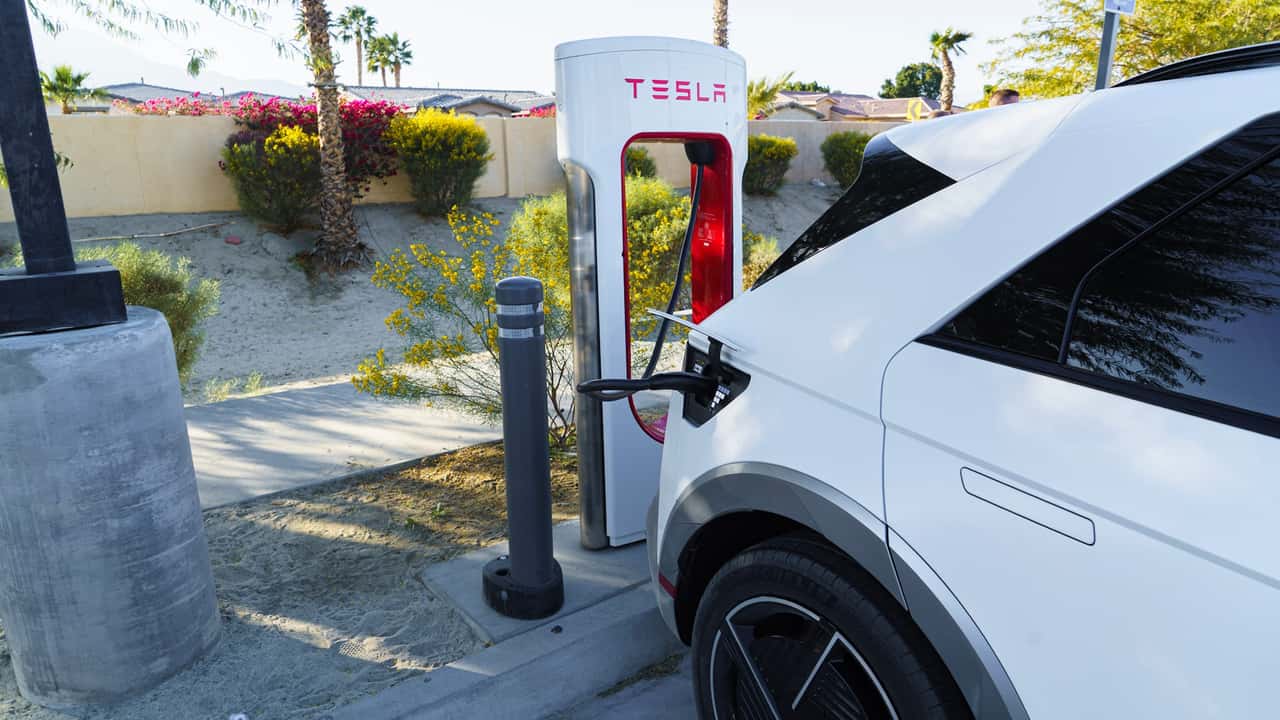
2025 Hyundai Ioniq 5
On the contrary, Tesla's "charging advantage" in North America—which has frequently been the most compelling argument for choosing a Tesla—is no more. Tesla owners previously enjoyed an exclusive, superior charging infrastructure. However, this privilege is now extended to everyday consumers as well. In Europe, where a standardized connector was required years back, Tesla chargers have always catered to all electric vehicles in these regions.
If you can acquire an electric vehicle akin to a Tesla at present , potentially offering superior range and additional features, while still being able to use the Supercharger network without any of the Musk-related complications, why would you not choose it?
The Robotaxi Obsession
The most concerning issue might be that Musk seems to have shifted his focus away from the challenging task of manufacturing and marketing cars directly to customers. Instead, he is fully committed to what’s referred to as autonomous driving technology. The firm is now moving towards adopting a “robotaxi” strategy where they would produce vehicles designed for use within their own network systems offering automated ride-sharing services. Additionally, he asserts that the corporation could potentially sell between 2 and 4 million units of its planned models. Cybercab models a year.
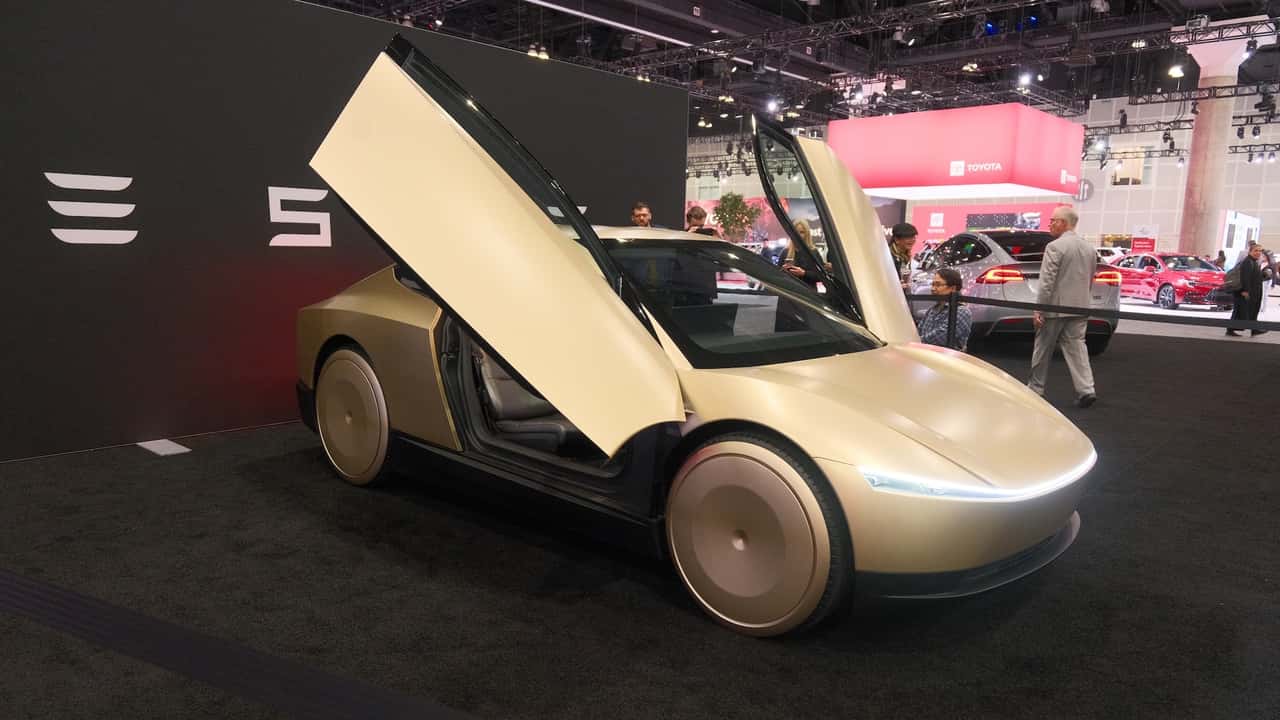
Tesla Cybercab, LA Auto Show 2024
The car, a two-seater hatchback, caused quite a stir when unveiled last autumn as taxi cabs typically have at least four passenger seats. Robovan It's an intriguing idea, yet since its introduction, not a shred of evidence has emerged suggesting it could become more substantial. Speculation has pointed towards a potentially cheaper model for Tesla as being the Cybertruck variant equipped with a steering wheel and conventional driving controls.
Yet two-seat vehicles has only ever captured a minuscule share of the U.S. market, thus requiring an extremely affordable price point to gain significant attention. The peak sales year for the Smart Fortwo occurred in 2009 with 14,600 vehicles finding buyers. Since then, it has managed to sell over 10,000 units just one more time.
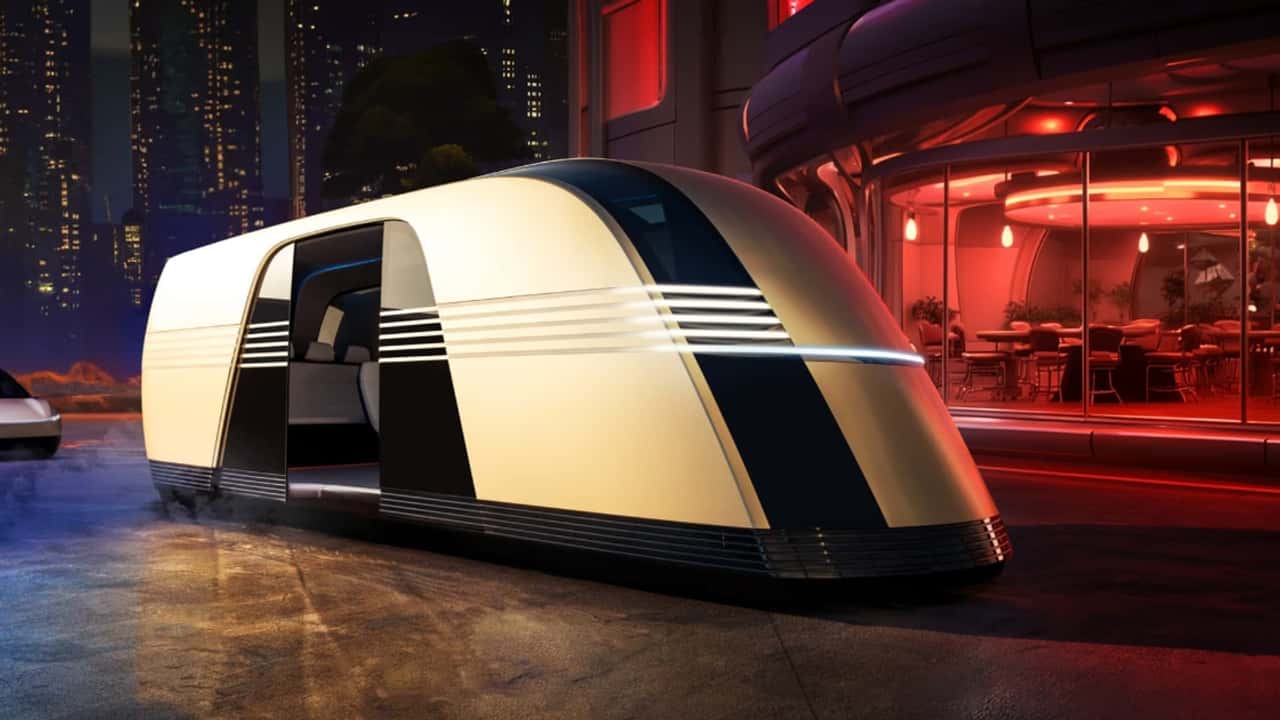
Tesla Robovan
When discussing self-driving software, although Tesla’s camera-based approach might be considered one of the top Level 2 (requiring attention but allowing hand-free driving) systems available today according to some opinions, many experts believe it still falls short for fully hands-off use—and certainly isn’t close to achieving true eyes-off autonomy without needing a driver present.
Sam Abuelsamid, the vice president of market research at Telemetry, directly addressed the notion of millions of Cybertrucks hitting the roads annually: "It won’t occur as long as they rely solely on cameras." In contrast, companies like GM, Ford, Mercedes, among others, have implemented hands-free adaptive cruise control using various sensors. Tesla systems continue to necessitate driver intervention with hands on the steering wheel.
What The Experts Say
I contacted three automotive industry analysts and posed them the main question: Will Tesla remain viable without Musk? They all agreed it would, though they added significant caveats.
Stephanie Brinley from S&P Global expressed cautious optimism. She stated, "While I wouldn't say it's certain, it seems quite possible that Tesla will not only manage to stay afloat but also continue thriving." Brinley pointed out several past controversies involving prominent automakers as examples—such as Volkswagen's worldwide emission cheating scandal, Ford's issues with tire separations and Pinto fires, along with General Motors' extensive recall problems due to safety concerns.
Telemetry's Sam Abuelsamid concurred that Tesla could endure. However, he stated, "The company will have to transform into something quite different from what we've come to know." He posited that its expansion phase may be over, estimating its likelihood of reaching the ambitious target of producing 20 million vehicles annually as nearly impossible. Additionally, he predicted declining sales figures in China. Regarding the vision of deploying fleets of autonomous taxis, he deemed it unrealistic, ultimately characterizing Tesla's outlook for the future as that of a more compact enterprise.
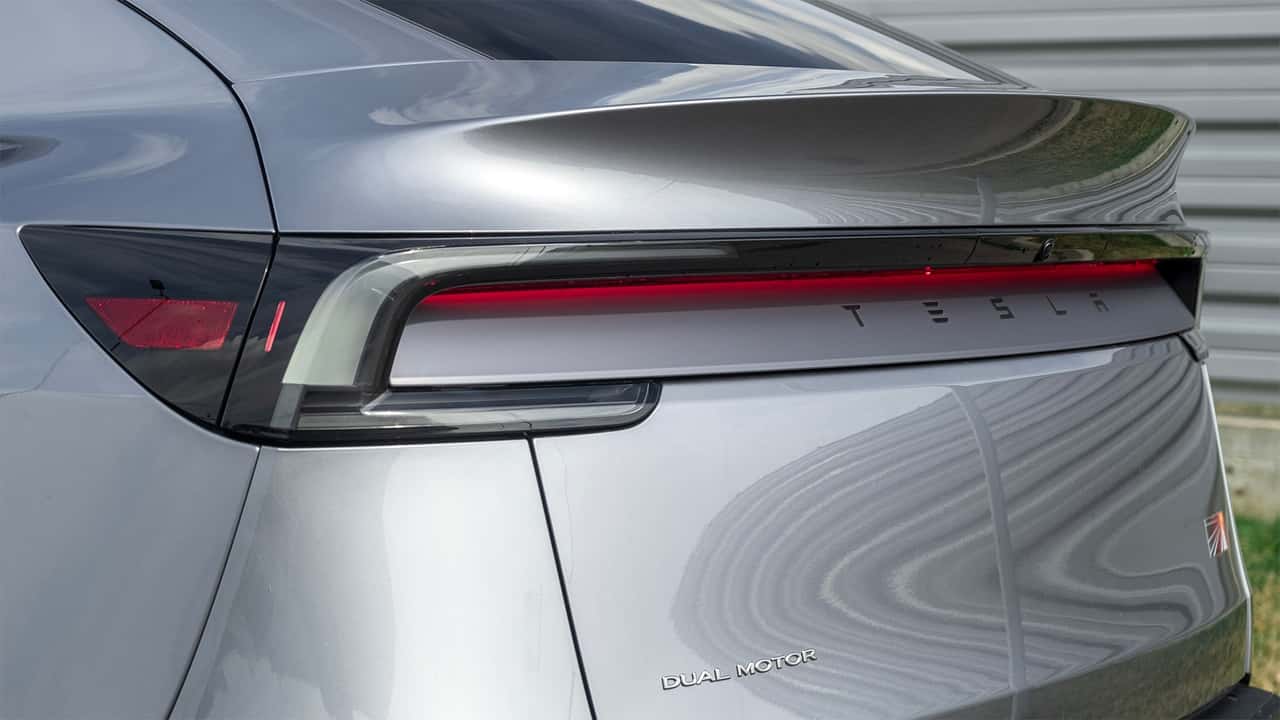
2025 Tesla Model Y Euro Edition Release Lineup
Tesla has certainly disrupted and dominated the electric vehicle sector," stated Robby DeGraff, who manages product and consumer insights at AutoPacific Research Firm. "However, the truth remains that numerous superior and engaging alternatives are available for consumers nowadays. Tesla faces an unprecedented threat of being surpassed by competitors irrespective of current market conditions.
In the meantime, Dan Ives from Wedbush Securities, who has long been bullish about Tesla, stated last week that the harm to the Tesla brand has intensified into what can be described as "a full-blown branding disaster" for both Musk and Tesla. He urged Musk to reassume control of the firm where he still officially holds the position of CEO.
'Not Recoverable'
I similarly contacted a venture capitalist from Silicon Valley, who preferred to remain anonymous because of connections with people backing Tesla—this individual expressed a more cautious perspective. "All other technology executives comprehend the mechanisms driving their businesses and make decisions accordingly," they stated, "but Musk appears to have underestimated how his actions affect Tesla. Clearly, his political stance and activities do not align well with those of his typical customer base."
They added, "It seems he was either indifferent to safeguarding his Tesla enterprise or wasn't aware that such criticism would arise. Possibly both. In my view, he has caused irreversible harm to the brand; I don't think the reputation can be salvaged. For those potential customers most inclined to purchase Teslas, the company is effectively finished."
Those Who Ignore History...
Seasoned automotive journalists, experts, and even those who shortsell stocks have discovered from hard lessons never to wager against Tesla or Musk. It could take many years before we can determine whether the company has exhausted all of its metaphorical nine lives. While purchasing a Tesla yourself, or selling an owned stock, still rests with personal discretion,Tesla confronts challenges across nearly every aspect of its business, which might significantly question its long-term sustainability.
The company's prospects appear just as uncertain today as they have been for quite a while, maybe even dating back to when Musk had to cover salaries from his personal funds prior to the release of the Model S. It’s challenging to find another brand that merges outdated offerings with an acrimonious and prominently featured leader to such a degree. Offhand, I can’t recall more than two instances like this one. McAfee and MyPillow Neither of them needed the kind of multi-year, multi-billion-dollar investments essential for success in the global automotive sector.
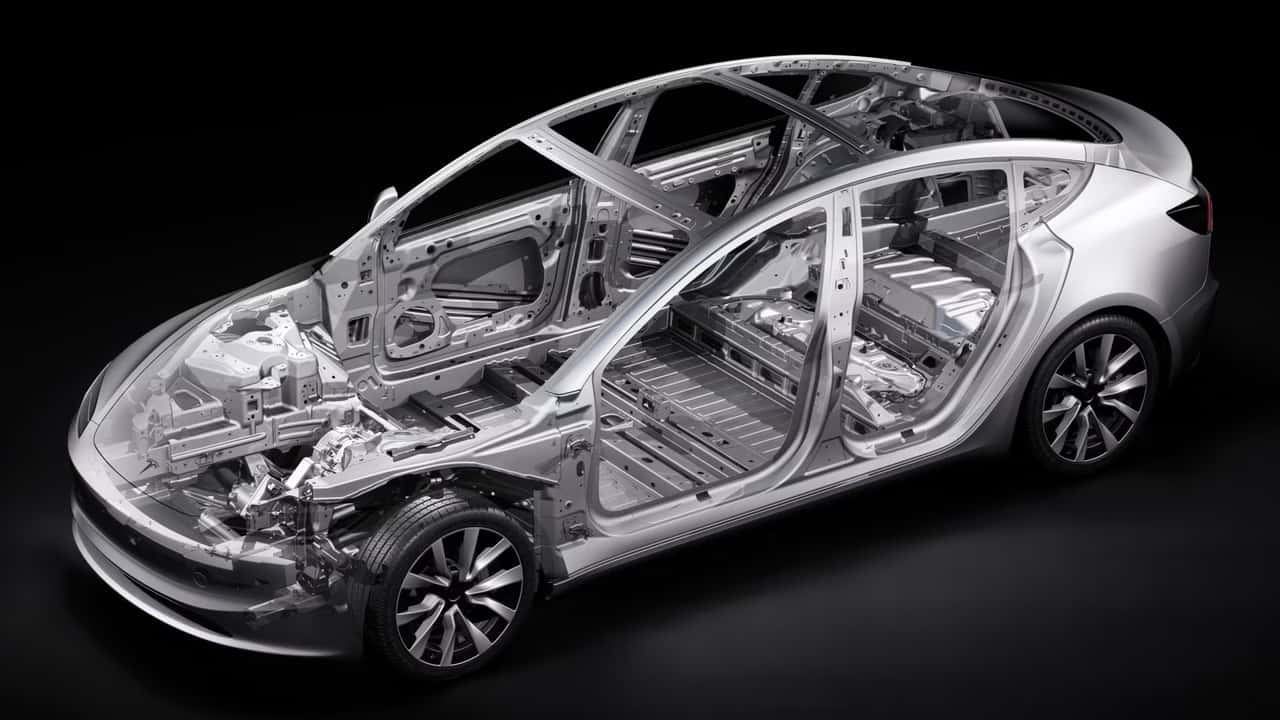
Tesla Model 3 Cutaway
It’s helpful to look into automotive history for valuable insights. One such lesson is that businesses which introduce groundbreaking technologies or vehicles aren’t always the ones who benefit financially over the long haul. For instance, four-wheel hydraulic brakes made their debut in 1921 courtesy of Duesenberg. In 1949, disc brakes appeared initially on Crosley models as well as Chrysler products. Additionally, gasoline direct injection technology, developed by Bosch, saw its initial application in various compact two-stroke engines produced by defunct German manufacturers. Innovating with cutting-edge vehicle designs can be extremely challenging, highly time-intensive, and frequently does not yield substantial profits.
One beloved piece of automotive trivia continues to be this query: Which firm introduced the widespread sale of transversally mounted, front-wheel-drive compact vehicles? This groundbreaking drivetrain design emerged during an era where rear-engined compacts were dominant but offered superior spatial efficiency and established a blueprint followed by small cars for six decades thereafter.
The response to the query is British Motor Corporation. This entity no longer exists.
The issues at BMC arose from a combination of poor leadership, subpar quality, and misguided product choices. For decades, various leaders took actions that were insufficient and delayed; attributing the downfall of the British mass-market car sector to a single individual would be unjustified.

On the contrary, Tesla is almost entirely the creation of a single individual. Numerous key figures from its early days—including Chief Technology Officer JT Straubel and battery chief Kurt Kelty—who were instrumental in shaping the company, departed years back. It appears that the choices steering Tesla towards its present state were predominantly made by Elon Musk alone.
Unless he is removed by the company’s board–which today seems highly unlikely–history will record that the ultimate fate of the greatest EV pioneer of this century rested entirely with him. For better or for worse.
John Voelcker serves as a reporter and analyst focusing on sophisticated automotive technologies and energy policies, with a specialization in electric vehicles and their surrounding energy systems. He has held an editing role. Green Car Reports For nine years, and his contributions have been featured in Car and Driver, The Drive, Forbes Wheels, Wired, Popular Science and NPR's " All Things Considered ."
More Tesla News
- Tesla Silently Removes Cybertruck Range Extender Option From Configurator
- Tesla's Head of Software Resigning: Report
- Tesla Reports Lowest Delivery Numbers in More Than Two Years
- If You're Not Considering The Tesla Model Y? Explore These Top Options In Europe
- The Practical and Ethical Argument for Selling Your Tesla
- The New Tesla Model Y Excels but Suffers from an Elon Issue
